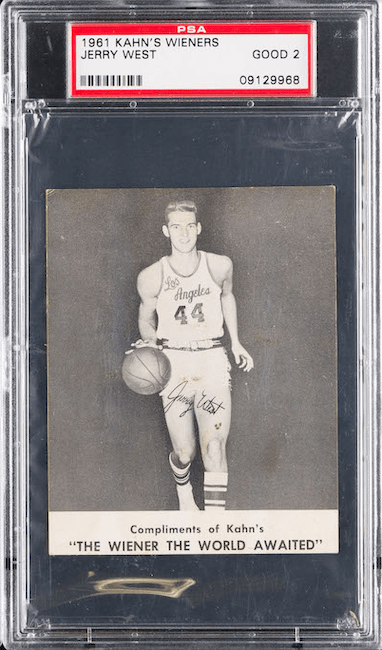In late summer/early fall 2022, a memo from The Topps Company was circulated around social media, documenting the size of the 1991 Topps Desert Shield print run. Many collectors and dealers have guessed at its size in the past, but we have never had source documentation directly from Topps.

The 1991 Topps Desert Shield set has become an incredibly popular set, and many had speculated at its print run. Mile High Card Company auctioned off the #1 set from the PSA Registry for $106k back in March 2018. They explained that the cards were distributed in wax packs sent to troops in the Middle East during Operation Desert Shield. They wrote that the cards were identical to the 1991 Topps set, but each had a gold foil stamp embossed with a shield and palm tree with the words “Operation Desert Shield” underneath. They estimated that Topps produced less than 6500 of each card.
Sports Collectors Daily also wrote that Topps printed approximately 6500-7000 of each card but that sources on the exact distribution varied. However, they noted that many of the cards were discarded.
A collector on a Facebook forum shared the following image about the cards.

This seller noted that Topps printed around 6300 cards for each player and that they thought about half of the cards were destroyed because no one knew they would be valuable. So troops told this collector/dealer that few went to mail call to pick any up and that most were trashed in the dumpster, used to make fires, or given to the locals. So he thinks a high estimate of 3000 of each card remains, but I’m not sure the numbers are even that high. The set’s most expensive card is the Chipper Jones rookie, and its PSA-graded population is just 935. Ultimately, many Desert Shield cards are worth grading, but their populations are minuscule compared to that 3000 card estimate.
Anyway, here is the recently discovered memo from December 21, 1990, directly from the Topps company to its employees.

It says, “Dear Fellow Employee: As most of you know, we recently produced 500 cases of baseball cards, specially embossed ‘Operation Desert Shield’, for our troops in Saudi Arabia. Thank you for the terrific cooperation we received on this project. Enclosed is a sample card for you yourself to own. Let it symbolize Topps’ pride in these brave men and women and the prayers of us all for peace. Have a Happy Holiday, a Healthy New Year and come back to us safe and sound.”
So now we know that Topps printed 500 cases of 1991 Topps Desert Shield cards. At 20 boxes per case, 36 packs per box, and 15 cards per pack, for a 792-card set (6 equal sheets of 132 cards), that’s just over 6800 for each card.

How many of those cards made it overseas, and how many made it back? I’d love to hear what you think in the comments. If you have more information about 1991 Topps Desert Shield cards, please reach out to me; happy collecting!

































